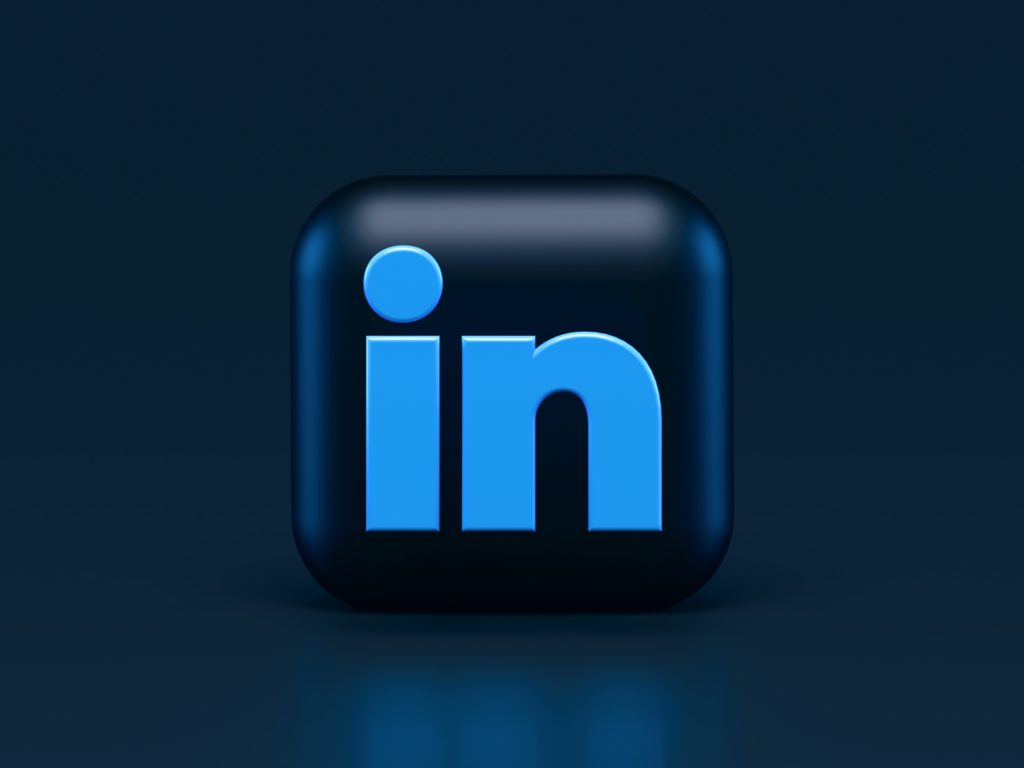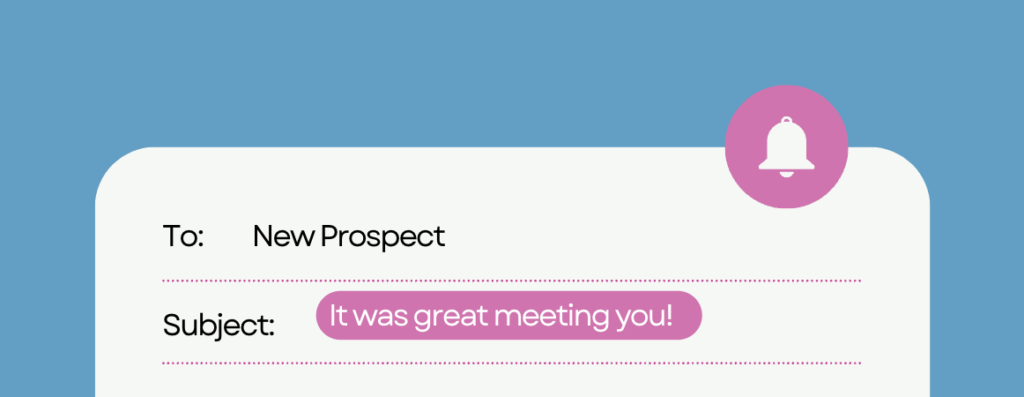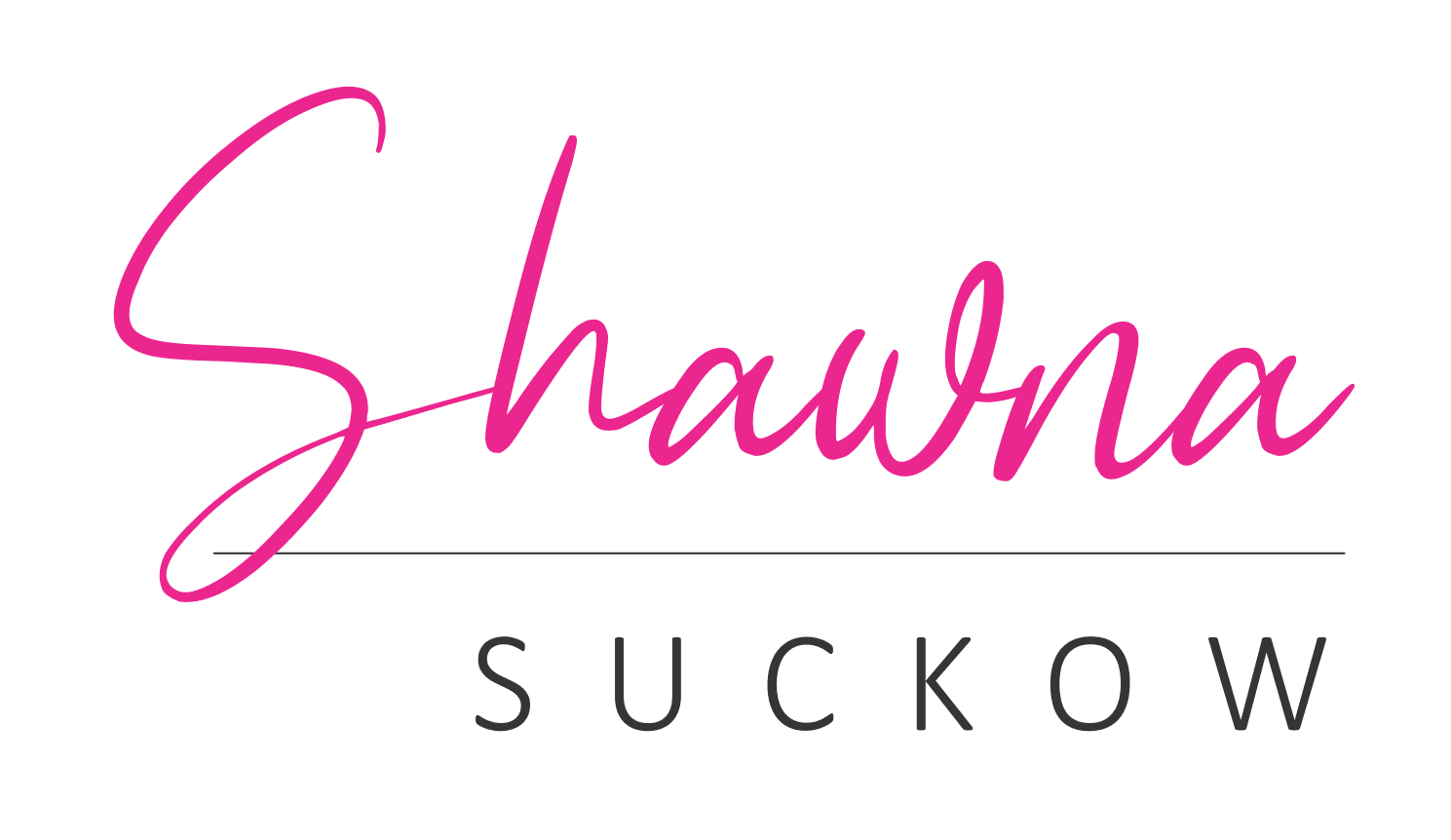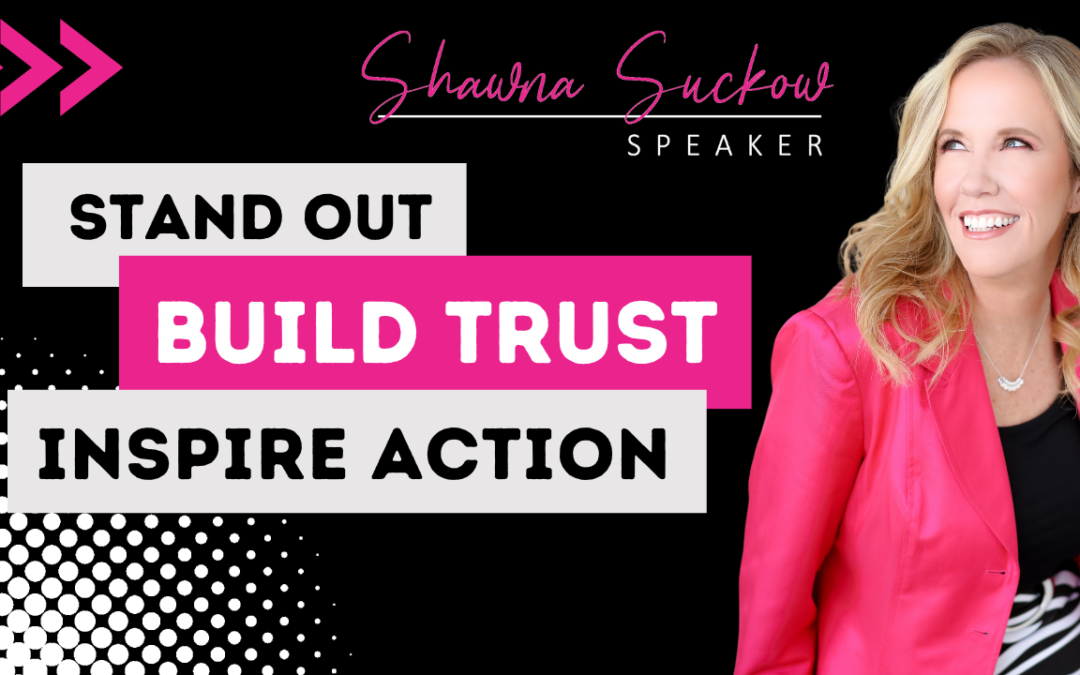Welcome back! Today I’m going to answer the million-dollar question: how do you do B2B prospecting? If you’re in sales, you’ve known from Day 1 that standing out amongst the competition, building rapport, and gaining the trust of your prospects are all key components of success. You want to be unforgettable so that when your prospects are ready to make a purchase, they think of you first. Well, not only do I have seven highly effective B2B prospecting strategies to share, but I will also discuss three crucial pitfalls to avoid that could turn your prospects off. Buckle up!
1. LinkedIn Prospecting: Not the King Anymore

LinkedIn has enjoyed a longstanding reputation as an invaluable tool for B2B prospecting. It’s a digital watering hole where professionals connect, share insights, and, of course, engage in business opportunities. The challenge with LinkedIn is that so many salespeople fall into the trap of flooding their prospects with run-of-the-mill connection requests and bland messages. It’s almost like tossing a pebble into the ocean and hoping someone notices the ripples. Unless you’re using LinkedIn’s dedicated prospecting tool, “Sales Navigator” there are better options for you!
2. The Power of Referrals
Referrals are GOLD when it comes to prospecting. The catch? Many salespeople never even ask their current customers for referrals. It’s not that customers are unwilling to provide referrals; in most cases, it’s simply not their first thought. Now, you don’t want to cut right to the chase and ask your customers for the contact information of their friends and family. Instead, start nurturing a solid relationship and consistently deliver value. You want to be viewed as a trusted partner who genuinely cares about their success rather than just another vendor.
Once you’ve achieved a solid relationship, don’t be afraid to bring up the topic of referrals. You’ll be pleasantly surprised by how willing happy customers are to help you. Simply ask them a question like, “How can I connect with more cool people like you who could benefit from my services?” Frame your question in a way that emphasizes mutual benefit. This approach is non-intrusive and respectful of their time and commitment to your business relationship. Referrals are powerful, so start asking for them!
3. Cold Calling with a Twist

Two words many of us salespeople hate: cold calling. However, if done right, it can work really well. Here’s the paradox: in a world overloaded with emails, messages, and other forms of online communication, some people now crave human connection. Before you call anyone, do your research to learn about them personally and professionally. Yes, it takes more time, but if you can find one piece of common ground, that person is more likely to bite because we all know that our favorite thing to talk about is ourselves. Be sure to acknowledge that they are busy, and you’ll be brief. If they don’t pick up be sure to leave a compelling voicemail. Many people don’t answer the phone for unknown strangers, let alone call them back if there’s not a message about who they are or what they want.
One of my favorite things to do when prospecting is to ask for the, “least annoying way” that they would like to be connected with. I then provide my phone number for a texting option, my email, etc. The second thing that I do is ask how I can be most helpful to them and when a good time would be to follow up. Give people all of the necessary information to grab their attention while remaining human and not a sales robot.
4. Warm Calling: A Friendlier Approach
Warm calling is definitely a breath of fresh air in an otherwise chilly world of outreach. It can feel a little easier because they came from a referral, or they are someone you met at an event. However, if you call and it goes to voicemail, the strategy to get them to respond to you is similar to cold-call voicemails. This time remind them who you are and how they know you. Again, acknowledge that you know they’re busy and you’ll keep it brief. Then, ask them for their best form of communication so you may follow up – whether that’s text, call, LinkedIn, etc. And lastly, ask when the best time would be for you to keep in touch.
5. Crafting Effective Cold Emails
Cold emails are often another dreaded form of prospecting, but again, when done thoughtfully it can be quite effective. Right out of the gate, do not attach anything, don’t include any links if you can avoid it, and be sure that your signature doesn’t have a bunch of photos or extraneous links. Many people, especially corporations, have a lot of different firewalls in place to prevent cyber-attacks, so a simple plain text email is your best bet to stay out of their spam folder. The second thing to do is to use a vague subject line like, “Can we connect?”, the name of the conference you met at, or even something about their company. Do not put a sales message. The goal is to pique their interest and increase open rates.
Once you’ve made it past these two hoops, it’s very similar to your voicemail from cold calling. Show them that you did your research and find a connection to build some rapport. Assure them that you know their time is valuable and thank them for taking the few seconds to read your email. Then, ask them, “What is the best way and time to provide you with more information?” Lastly, point out any mutual help if there is any. Let them know that you have someone in your network who they may be interested in meeting and what you’re looking for from them. Be sure that you’re doing this in a genuine and sincere way otherwise, they will see right through you.
6. Warm Emailing: Add Personalization
Just like warm calling, warm emailing is reaching out to someone from a referral or someone you met at a conference, etc. In this situation, I recommend using a more specific subject line such as, “So-and-so said you’re awesome!” or pointing out the event you met at to give them a little more context. Not to sound like a broken record, but the rest is similar to the cold outreach.

First, give one sentence about what you have in common or something you loved at the conference you both attended. You can then tell them directly that you’re not reaching out to give them a sales pitch, but that you’d love to know when and how would be a good way to get them more information. Of course, mutual help is always going to be a great thing to mention if you have something genuine to offer. If you haven’t noticed yet, once you’ve got their eyes or ears on your message, it’s all really the same protocol.
7. Video Email: The Ultimate Prospecting Tool
Last, but not least, is my favorite way to do B2B prospecting – video email. It’s both personal and engaging. Since this is a personalized message, go ahead and treat the subject and message like a warm email. As for the actual video, here are my tips for maximizing your email’s potential:
1. Dry Erase Board
First, I recommend getting a dry-erase board from the dollar store, writing the person’s name on it, and holding it up at the beginning of the video. Why? It triggers thoughts like, “Aw, they did this for me?”. It’s also an instant indication that you did not just send out a mass email to thousands of people but instead took the time to speak to them directly.
2. Whitelisting Service
Next, make sure you don’t send the video as an attachment – remember the firewall issue. Instead, use a whitelisted service. This allows the message to be sent from the service’s server, but it will look like your name and email address so if that person responds, it goes to your inbox. I personally like dubb.com and have used it for years! Whichever service you decide to go with, make sure they provide all the analytics on the back end. This allows you to see when your email is opened, how much of the video was watched, if it was watched multiple times, etc. These are all great sales cues for you.
3. Smile and wave, boys

Dubb provides the option to add a GIF where it’s the first second and half of the video on repeat. So, I like to smile and wave while I’m holding their sign, so I look friendly and approachable.
4. Keep It Concise
When I say keep it brief, I mean under a minute if you can – two minutes max. Remember, we live in the TikTok era, so the human attention span isn’t very long. Your time is precious, and you want to deliver your message short, but effective.
5. Subject Line and Message
Since the message is already personalized, treat your subject line like a warm email.
Three Pitfalls to Avoid
Now, let’s discuss three things I recommend never doing when you are B2B prospecting.
1. Guilt
Never ever guilt your prospects. Pointing out how many times you’ve tried to reach them is never going to work.
2. Presumptuousness
Avoid setting specific follow-up dates and times, assuming that it will work for them. This may have worked at one point in time, but consumer behavior has changed, and your tactics need to keep up. Instead, you can try telling them that you’ll follow up in a couple of weeks.
3. Lose the Formality
Opening with statements like, “I trust this email finds you well.” Is an immediate delete. People want real human connection, so just talk like a normal person and even have a little fun with it!
Effective B2B prospecting requires a thoughtful, personalized approach that respects your prospect’s time and preferences. It’s also essential to stand out and catch their attention, so I recommend giving video emails a shot! Otherwise, follow some of the other top strategies such as asking for referrals and warm outreach methods. Keep in mind the tactics that don’t work on people anymore (or ever really did) such as guilt, being pushy, or excessively formal. I’d love to hear what strategies you have found effective in your business!
If you’d like to read more about how consumer behavior has changed, check out this blog next!


Recent Comments